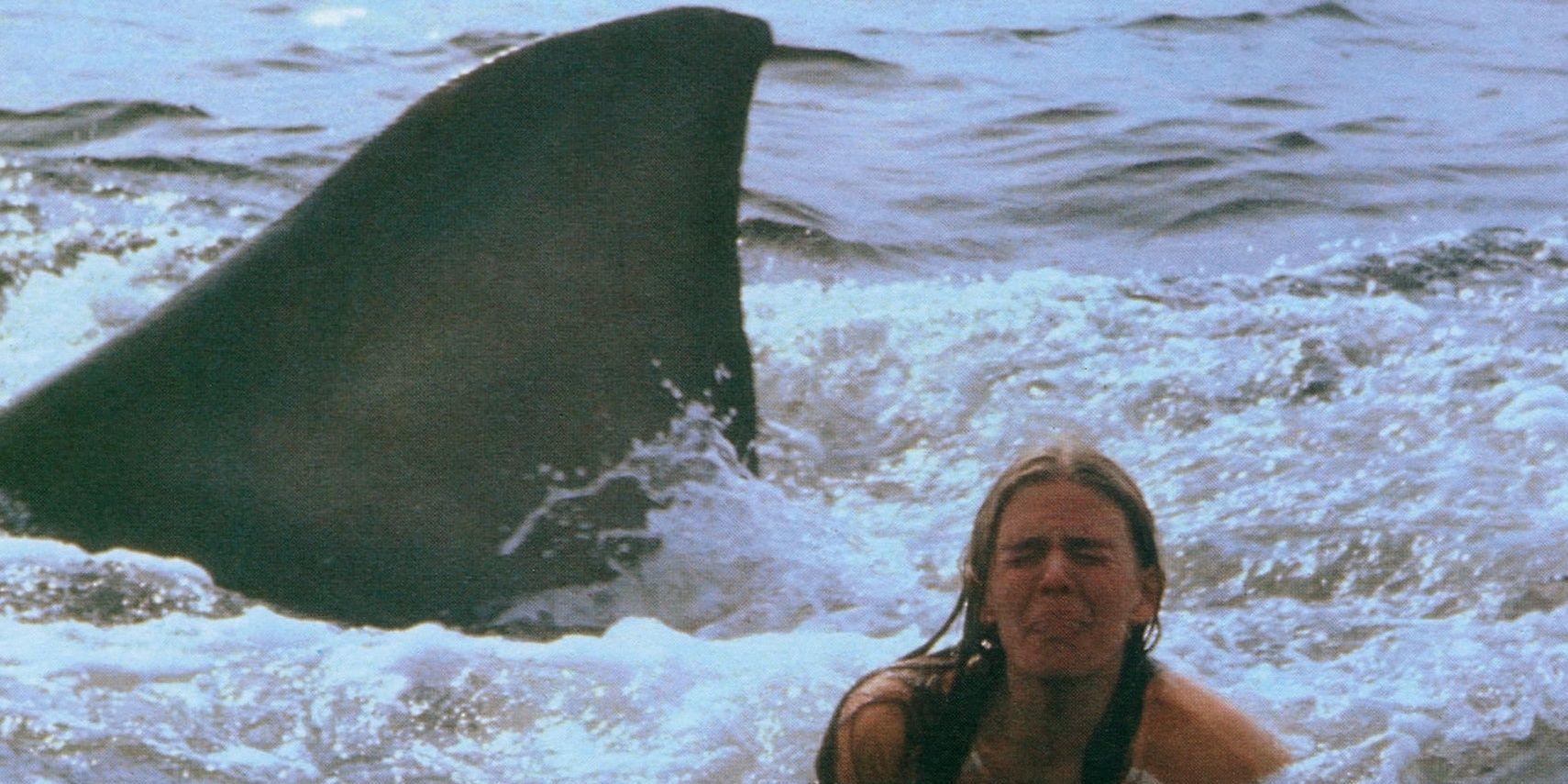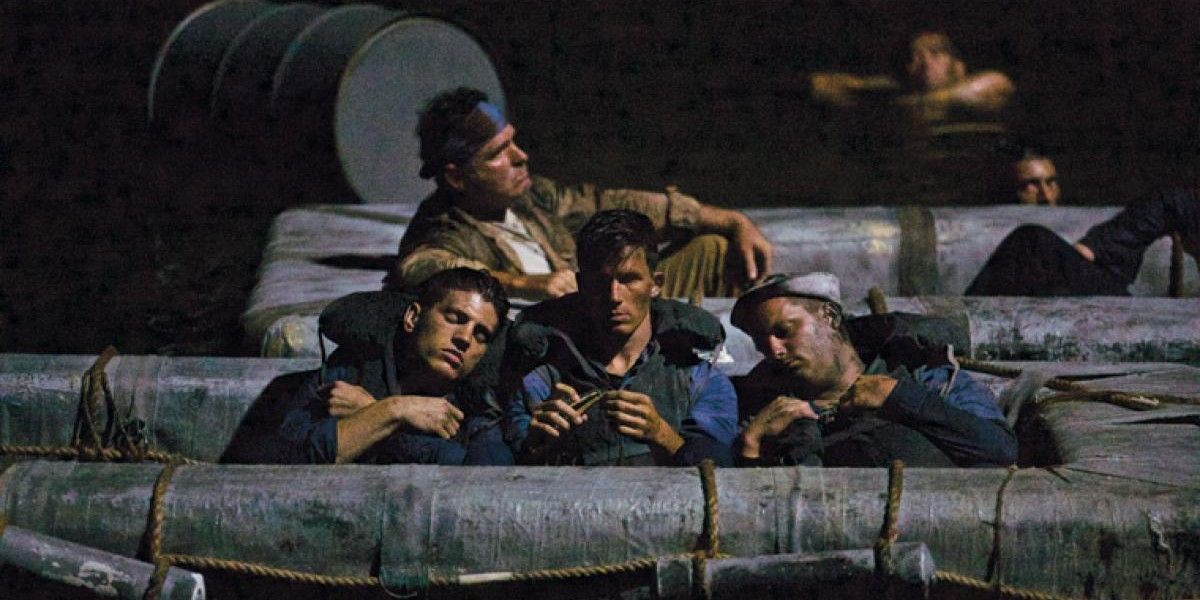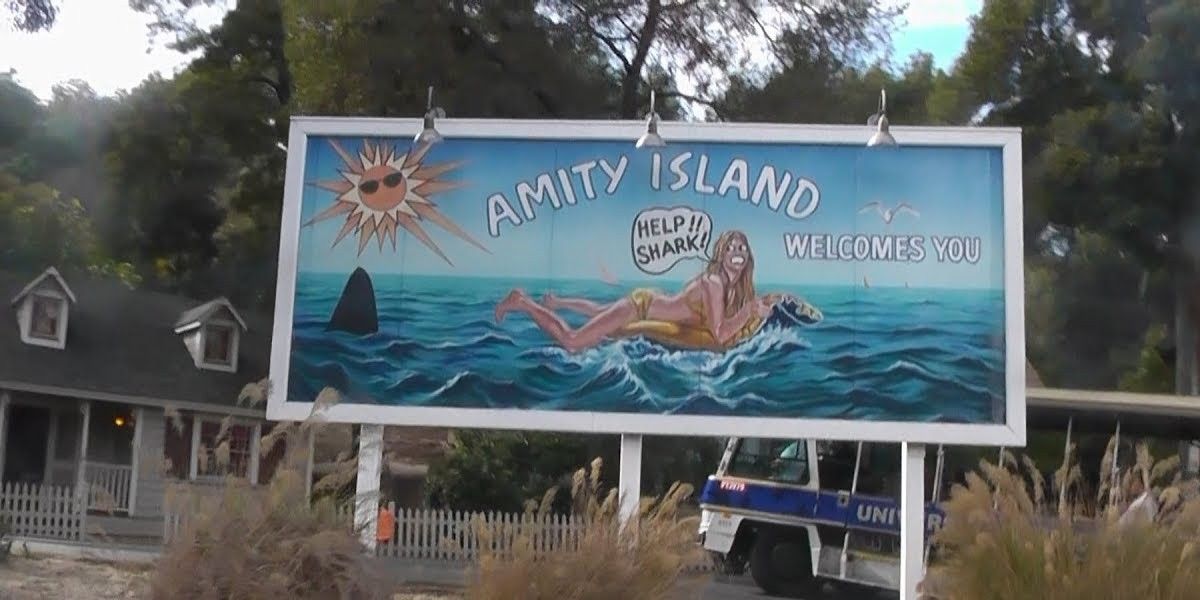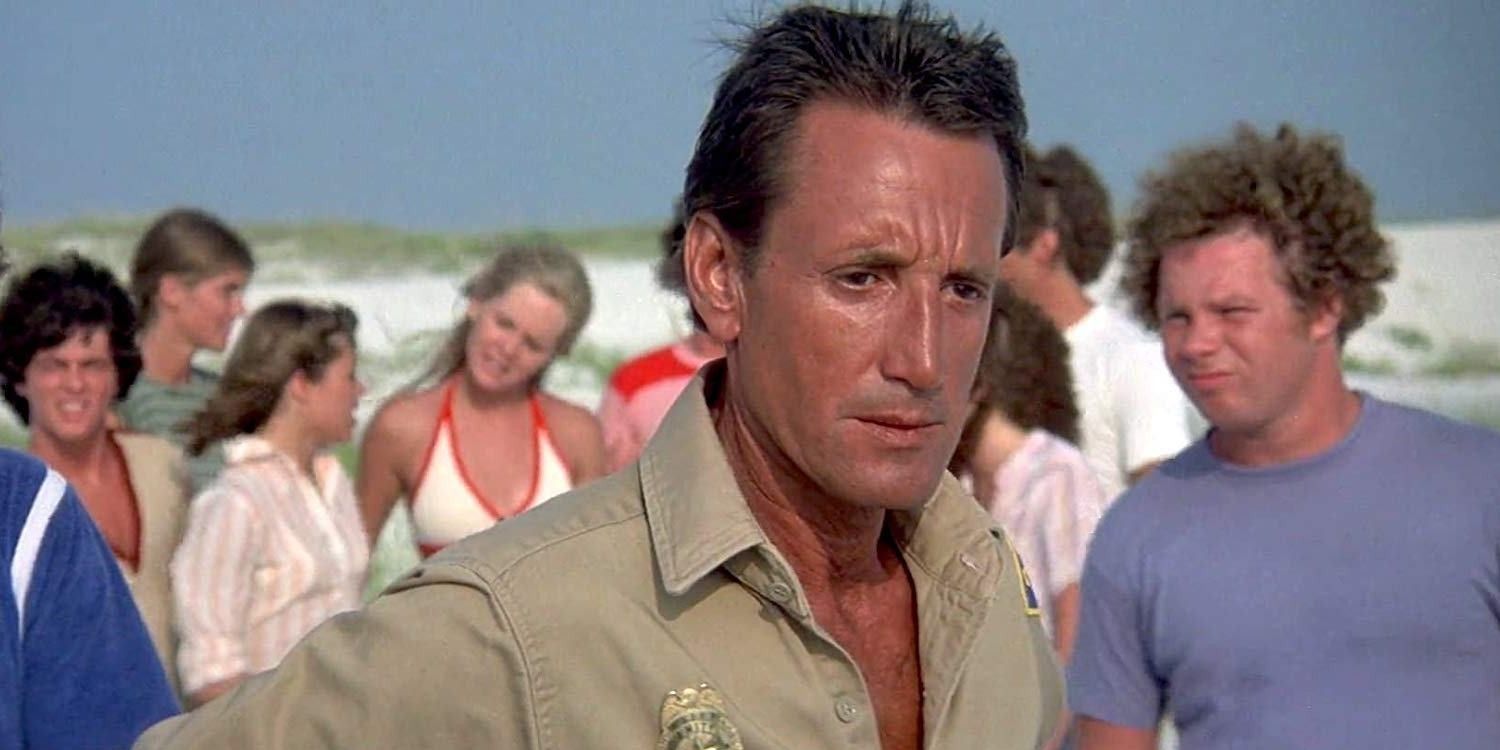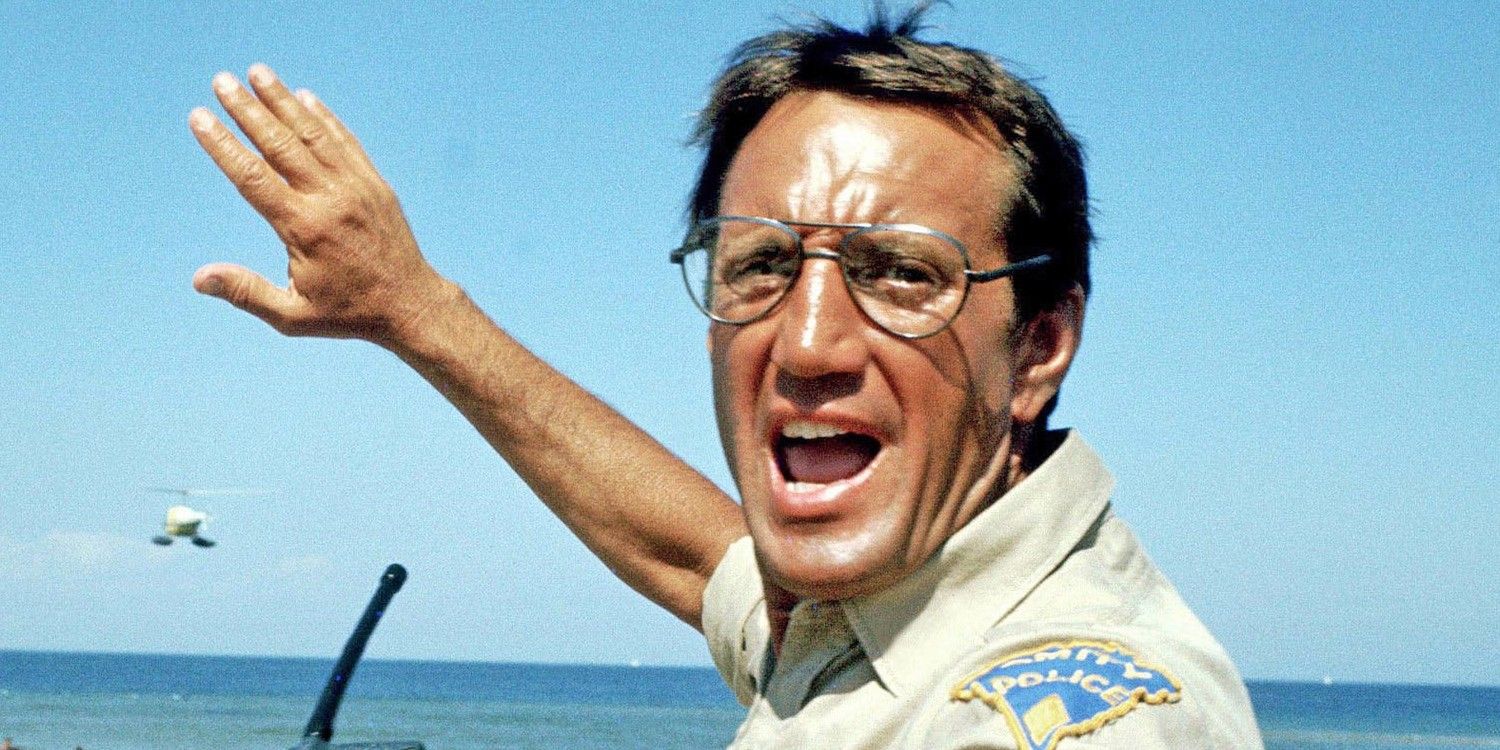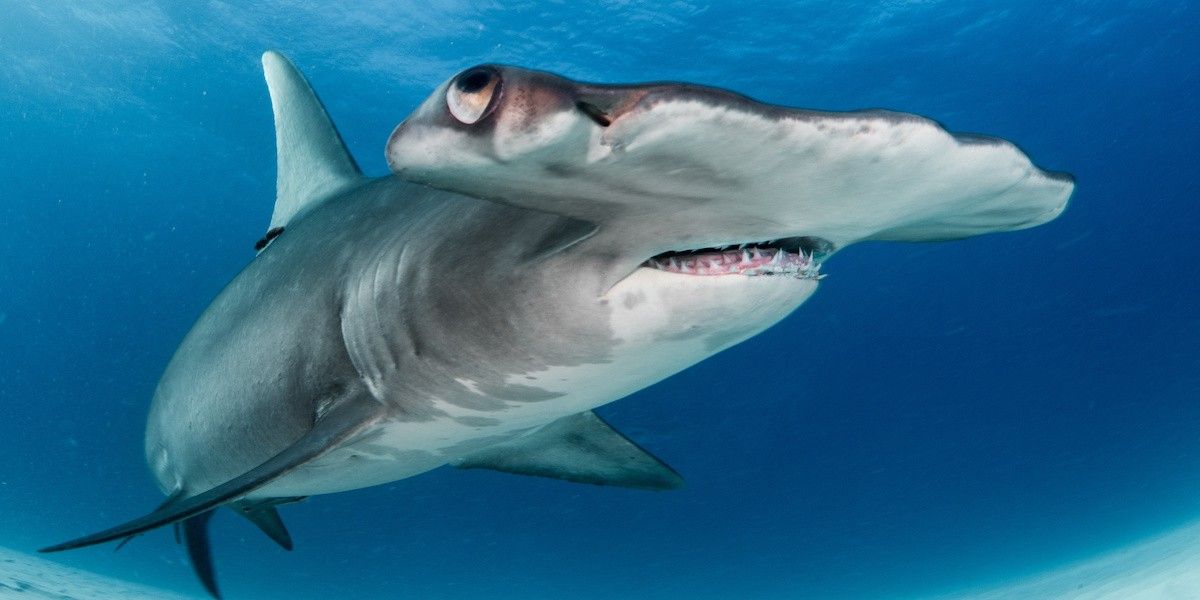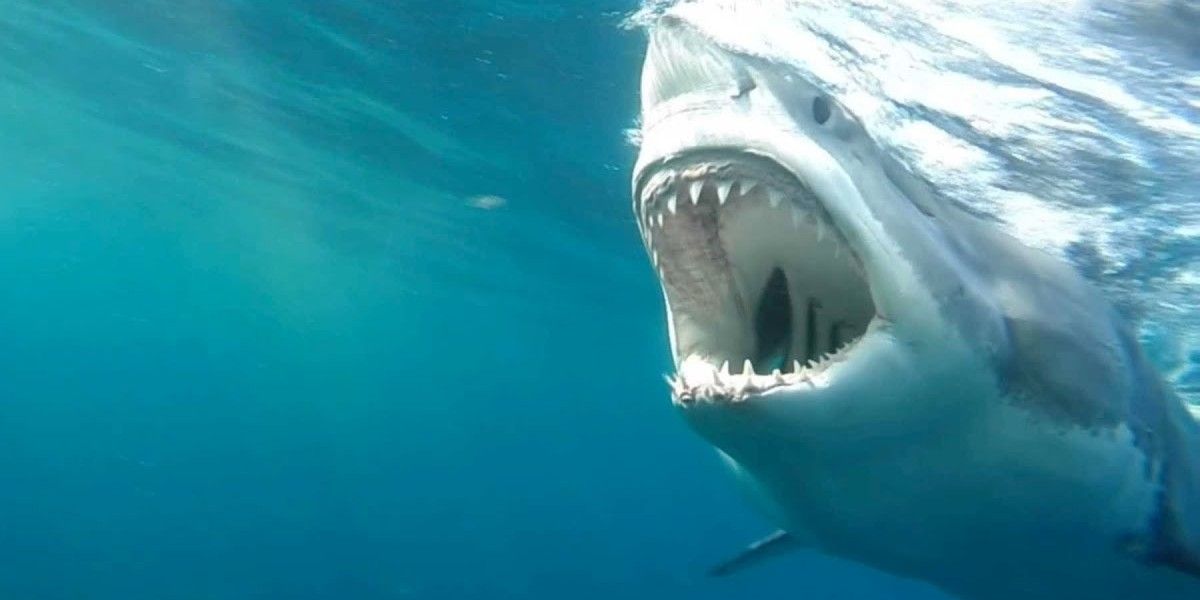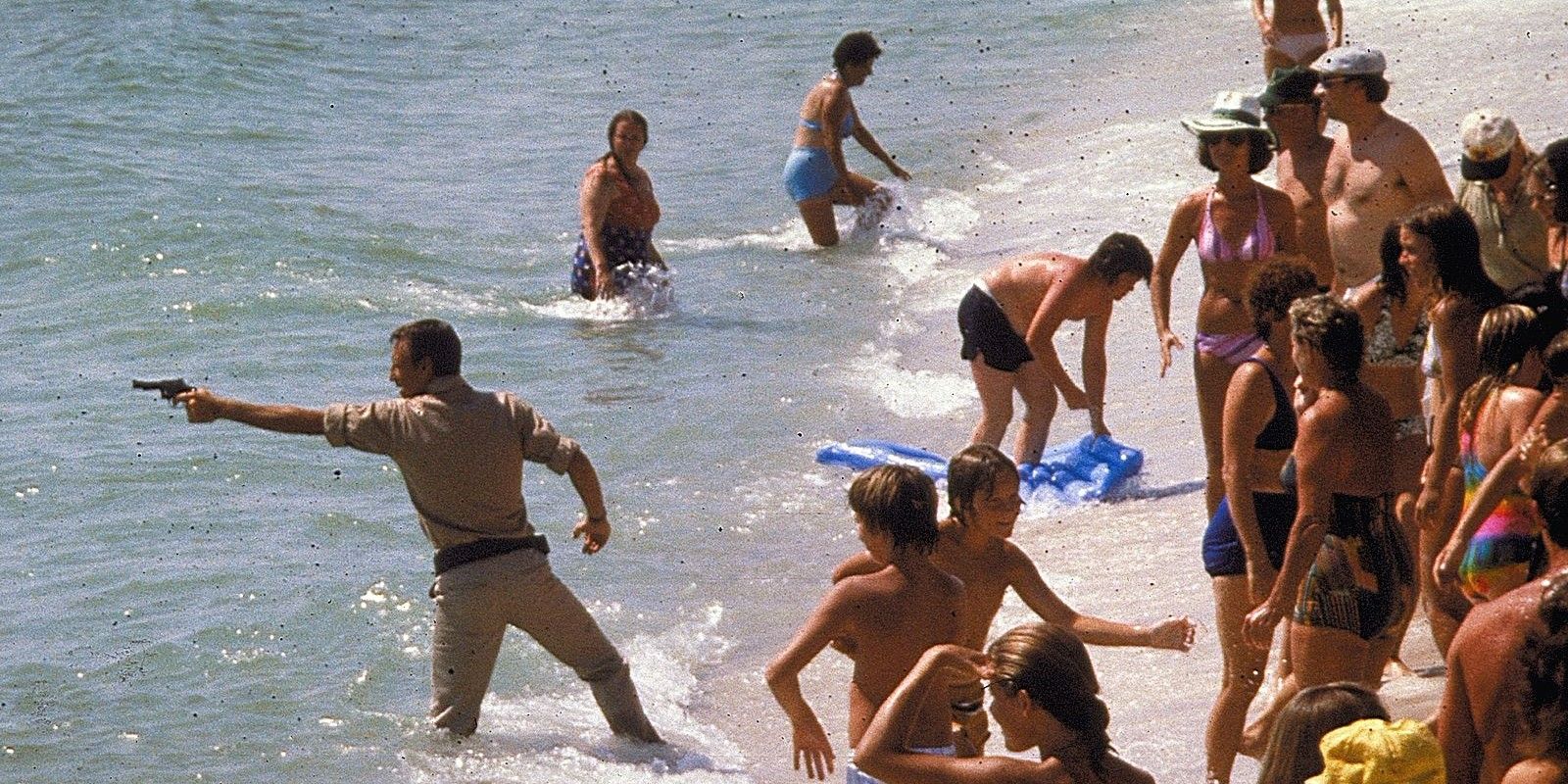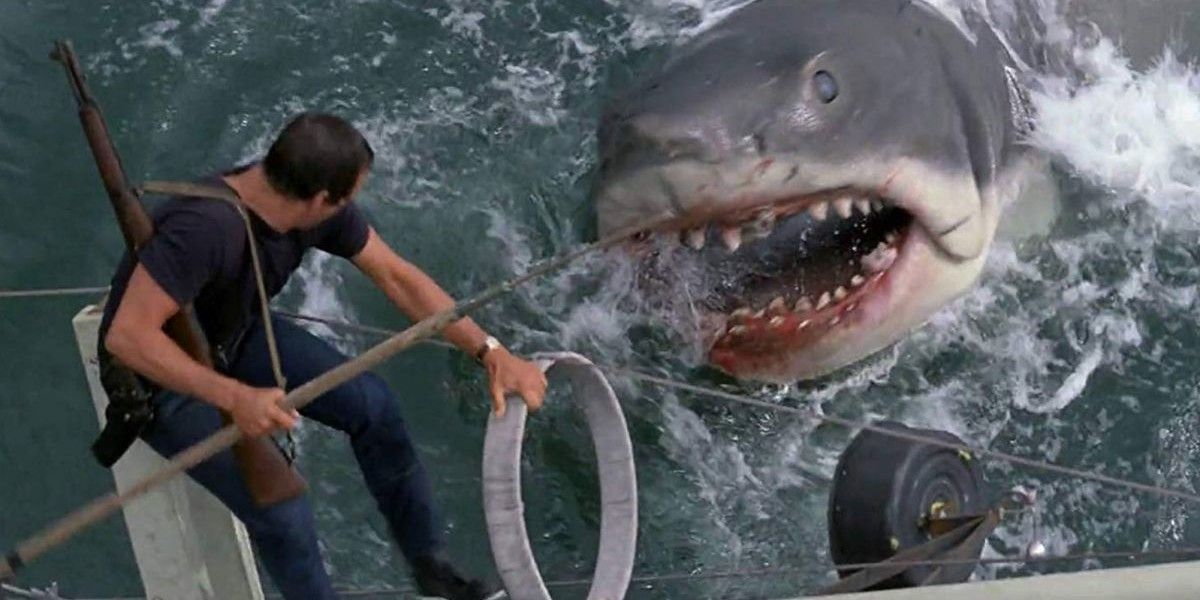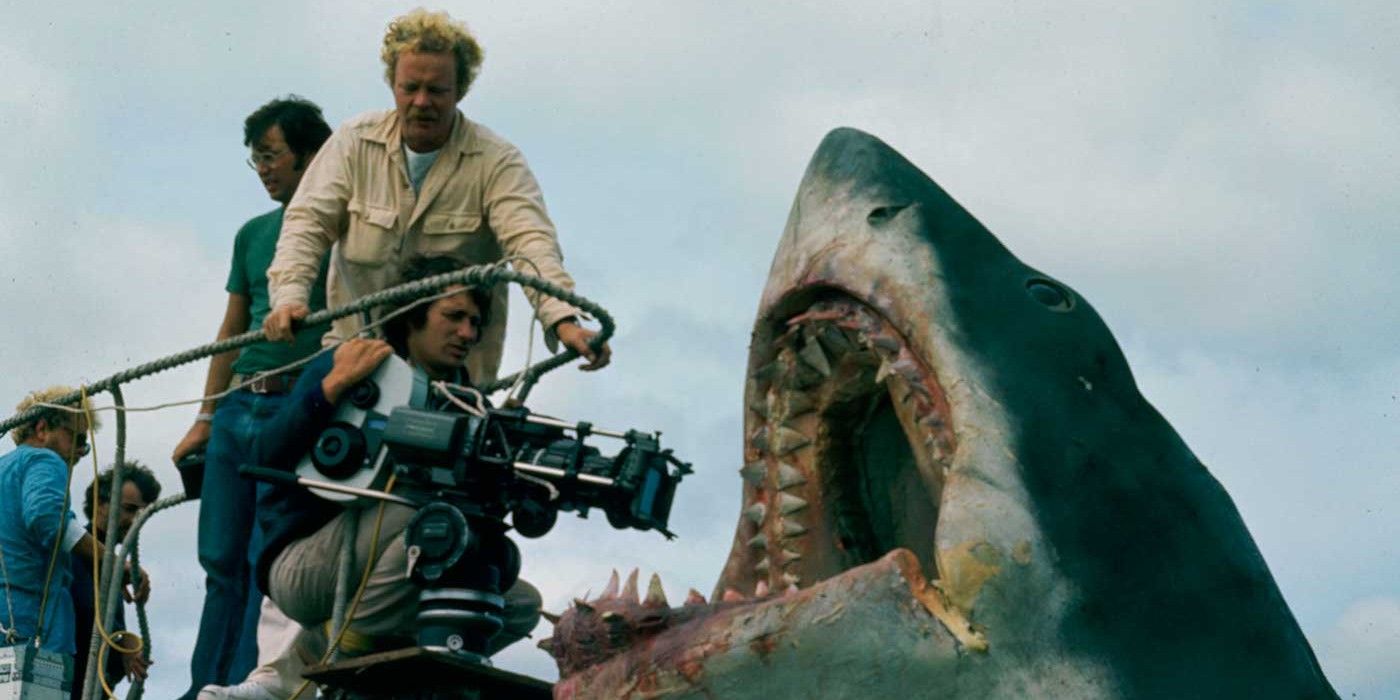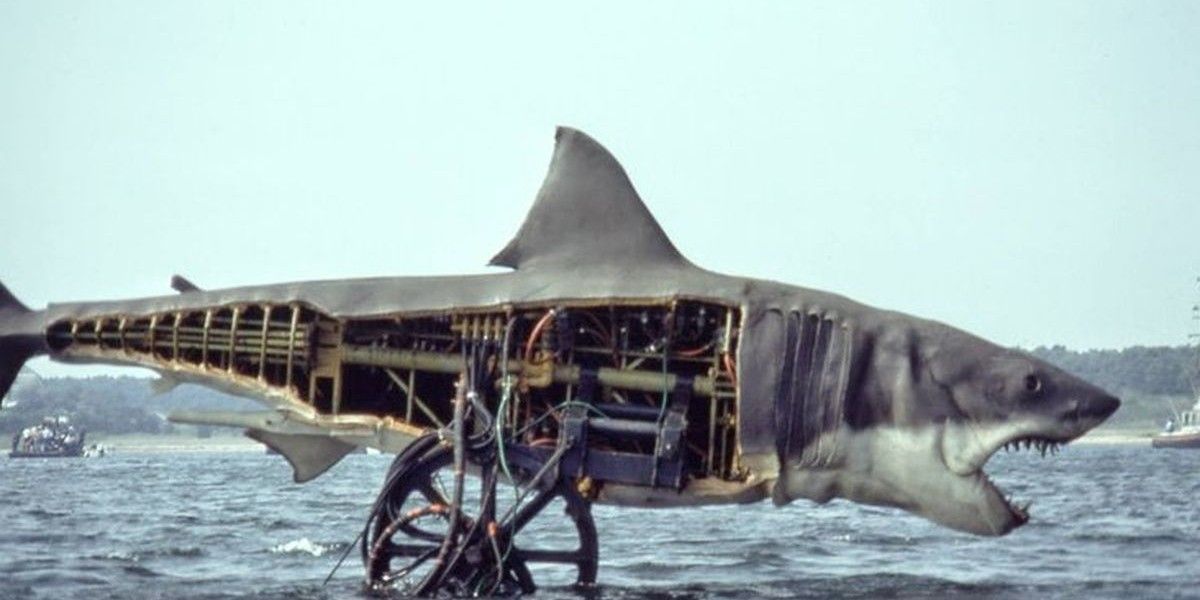In 1975, the movie Jaws was released to great acclaim, and it kickstarted Steven Spielberg's career in Hollywood. Not only was it one of the best shark horror movies ever made, but it was the first summer blockbuster, too. It paved the way for all of the big-budget blockbusters that we have seen in our multiplexes every summer since. It was a fantastic movie, and it's one that is still fondly remembered today, more so than the copycat movies and sequels that followed.
The first sequel to Jaws, the unimaginatively titled Jaws 2, was released in 1978. It was the highest-performing movie of the year for Universal Studios, although it didn't receive the critical acclaim of its much-loved predecessor. Still, the film is much better than the other Jaws sequels that followed, as it still had the power to shock and thrill movie audiences, unlike the toothless Jaws 3 and Jaws 4, which rank as the worst shark movies of all time.
Jaws 2 Was Almost Based On A Real-Life Shark Horror Story
In the first Jaws movie, the character Quint—played by Robert Shaw—told his crewmates that he was one of the few survivors of the real-life USS Indianapolis tragedy that occurred during World War 2. Hundreds of helpless sailors were eaten by sharks after their boat sunk. Quint was an entirely fictional character, but he told the true-life tale well. It was this real-life shark horror story that was intended to form the basis of Jaws 2, a prequel rather than a sequel.
Unfortunately, Spielberg decided against making the movie. His sea-bound experiences on the first movie partly turned the director off the idea, and he ultimately felt that a follow-up film to Jaws wasn't really necessary.
The Original Director Was Fired From Production
When Spielberg turned down the opportunity to make the film, the directorial reins were handed to California Dreaming director, John D. Hancock. His vision of Amity Island, the setting for the first two Jaws movies, was a dark one. In direct contrast to the colorful and vibrant town of the first film, he wanted to show the town in decline after the original shark attacks.
The film's producers weren't happy with Hancock's vision, however, and, according to Bloody Disgusting, he was fired a month after work had begun on the film. He was then replaced by French director Jeannot Szwarc, who saw the film through to fruition.
Roy Scheider Didn't Want To Return To The Role Of Brody
Star of the first film, Roy Scheider returned to his role as Chief Brody in the film, but he was initially reluctant to do so. According to an article at Doomrocket, he was forced to return to the film by the studio because of a contract dispute.
The actor was paid four times more than he earned in the first film, but he allegedly hated his time on the movie set. The film's IMDb page states he pled insanity after a crazy outburst at The Beverly Hills Hotel, and this was a ploy to be removed from the film. His plan didn't work, however, and he was forced to remain in the film.
The Director Battled With His Lead Actor
Roy Scheider had a difficult time on the set of Jaws 2. Not only did he resent being there, but shooting the film was tough for him. According to the book, Jaws 2: The Making of a Hollywood Sequel, he had to endure repeated takes of a scene where he is thrown overboard into the water. Weather conditions also made life very difficult for him according to his quotes on the film's Wiki page. As movie legend has it, he also struggled to work well with the movie's director.
At one point, David Brown, the film's producer, tried to get the pair to air their differences. This resulted in a physical altercation between the two, and, while details of what happened are thin on the ground, it is alleged that the difficulties of the film's production, as well as disagreements over the director's vision, are what caused Scheider to verbally and physically tussle with Szwarc.
A Real Hammerhead Shark Endangered The Cast
According to the Jaws fandom page, some members of the cast had more than a mechanical shark to worry about while making the film. Young Marc Gilpin, who played Brody's son in the movie, revealed that a real Hammerhead shark was present during the filming of one of the movie's scenes.
During a scene where a group of teens is stuck on a boat, the actors waved for help after sighting the shark. The crew and director, who were filming from a distance, didn't recognize their distress. As the actors were supposed to be waving for help anyway as part of the film's scene, they had no idea that the teens were genuinely in trouble. Thankfully, no child actors were eaten during the making of the film.
Real Footage Of Sharks Was Used For The Film
As with the original film, mechanical sharks were used for many of the movie's nail-biting scenes. However, some movement shots could not be convincingly achieved using the makeshift models, so real-footage had to be used. Australian divers Ron and Valerie Taylor had already provided close-up footage for the first film, and they were brought back to film underwater scenes for the sequel.
Valerie was uncomfortable with the way the Jaws movies portrayed sharks, and, as a consequence, she turned her attention to conservationism in a bid to protect them from humans. More information about her work can be found in an article published by CNN.
Locals Were Cast As Extras
Many of the movie's extras consist of Florida locals, including students from the Gulf Breeze High School at Martha's Vineyard. Many of the residents can be spotted in the movie's beach scenes, and some were hired as stand-ins for the film's teenage actors.
Not every resident was happy about the invasion of Hollywood, however. "Universal Go Home" t-shirts were being worn by many of the area's locals, although it might be that some of them protested because they were more than a little miffed at not being included in the film.
Three Sharks Were Built For The Film
The mechanical sharks from the original film had rotted so new models had to be created. The design for the sharks was more ambitious than those provided for the first film, and this included a new mouth mechanism to fix the faults that were present the first time around.
The sharks were nicknamed 'Bruce 2'—the sharks in the first film were given the name Bruce—and the same body molds from the first sharks were used for the new models. Behind the scenes pics reveal how convincing they looked despite the lack of CGI in the 1978 film.
A Challenging Film Shoot
As with the first film, shooting the film wasn't easy. Tides, winds, waterspouts, jellyfish, and genuine sharks were all obstacles, according to the Jaws 2 Wikipedia page.
The corrosive effects of seawater also caused damage to some of the equipment, and the metal parts within the mechanical sharks were also affected. It's little wonder that Spielberg didn't want to return for the sequel, as he faced similar problems on the set of the first movie.
Things Did Not Go Well With The Movie's Shark
According to Jaws 2: The Making Of The Hollywood Sequel, the primary shark model used for the sequel was as difficult to control as the original mechanical menace in Jaws. It cost $1.5 million to build, but, because of the problems previously mentioned with seawater, parts of it corroded almost instantly.
The damage was so great that its mouth couldn't be closed. This meant that the shark's mouth was wide open for the majority of the movie. The one time the crew did get it to work, the teeth and gums apparently fell out after it chomped down on a boat!

